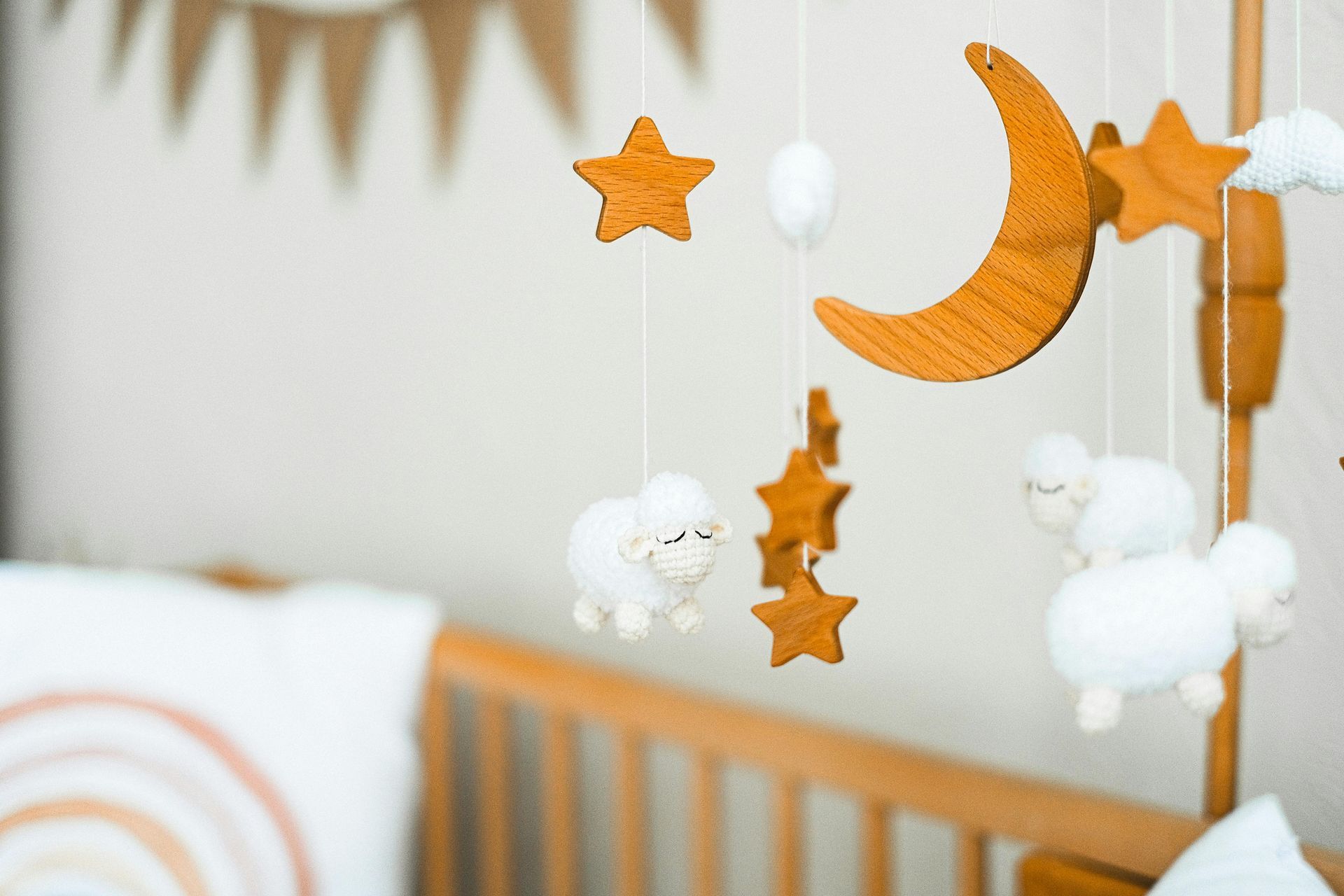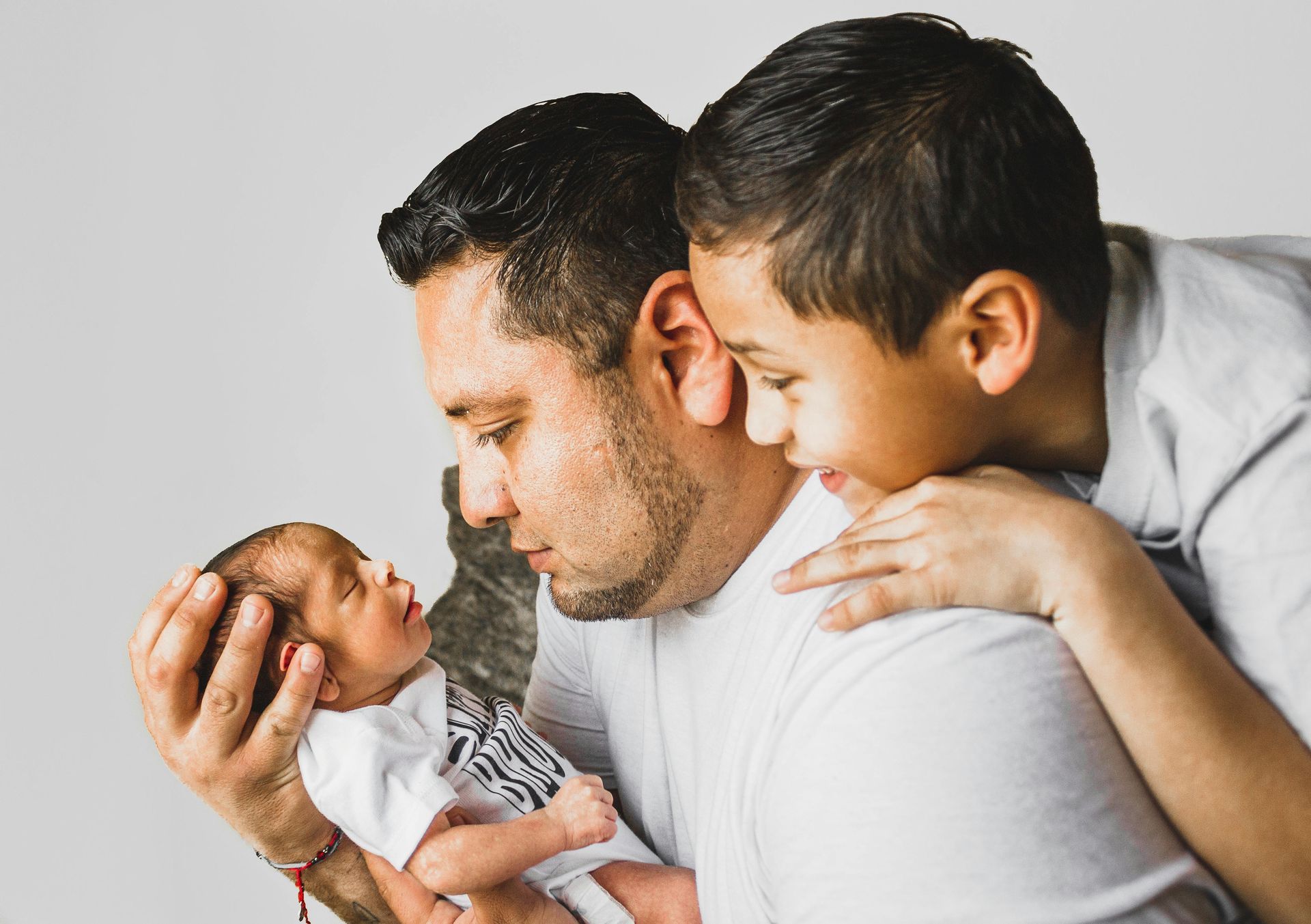How to Help Your Baby Sleep Well on Vacation
How to Help Your Baby Sleep Well on Vacation: A Parent’s Guide to Peaceful Nights Away

Vacation time is a much-needed escape from the routine, but when you have a baby in tow, getting quality sleep on the road can become one of the biggest challenges. Whether you're traveling to a nearby beach resort or flying across the country to visit family, keeping your little one well-rested is key to ensuring a smooth and enjoyable trip for everyone. Here are some practical tips to help your baby sleep well while on vacation, so both you and your baby can wake up refreshed and ready for fun adventures.
1. Stick to a Consistent Bedtime Routine
Babies thrive on consistency, so even though you’re away from home, try to maintain your usual bedtime routine as much as possible. Whether it’s a warm bath, a story, or some calming lullabies, familiar rituals will signal to your baby that it’s time to wind down.
- Sleep Tip: If your baby has a favorite sleep item (like a blanket, stuffed animal, or a sound machine), make sure to pack it. These comforts will help your little one feel more secure in an unfamiliar environment.
2. Create a Sleep-Friendly Environment
One of the most important aspects of ensuring a good night’s sleep for your baby is recreating the sleep environment from home as closely as possible. While hotel rooms or vacation rentals may not be as familiar, you can still make a few adjustments to optimize the space:
- Dim the lights: Keep the room as dark as possible. If the room doesn’t have blackout curtains, use a travel blackout shade or even a towel over the window. You can invest in products like the Slumberpod or portable blackout curtains that can be folded for travel and suction to the windows.
- White noise: Many babies find white noise soothing. If you don’t want to travel with a machine, you can use a white noise app on your phone or play gentle lullabies.
- Temperature control: Keep the room at a comfortable temperature. Babies often sleep better in cooler, not too warm, environments. Use a fan, portable heater, or extra blankets as needed.
3. Consider Where Your Baby Sleeps
Whether your baby sleeps in a crib, bassinet, or co-sleeper at home, it’s important to replicate this as much as possible on vacation. You can ask your hotel or vacation rental if they provide a pack and play or crib, if not, do your research. There are some awesome website's these days that people can rent out snoos, pack and plays cribs, sound machines and more. It is every hard to go without in modern times if you plan ahead!
- Cribs and bassinets: If your accommodations don’t provide one, check with the hotel or Airbnb host to see if they can offer a crib or pack ‘n play. If not, bring your own portable crib or play yard. Some baby gear rental services also provide cribs for travelers.
- Co-sleeping: If your baby is used to co-sleeping, consider traveling with a co-sleeper bassinet that attaches to your bed, or simply make sure the bed is safe for co-sleeping (no loose bedding or pillows near the baby).
4. Be Mindful of Time Zone Changes
If you're traveling across multiple time zones, it can be tricky for your baby to adjust to the new schedule. Babies’ internal clocks are sensitive, so any change in time zone can disrupt their sleep.
- Gradual adjustment: A few days before you leave, try shifting your baby’s schedule by 15–30 minutes per day to help them adjust to the new time zone.
- Stick to a routine: On arrival, try to stick to the local time for naps and bedtime, even if it's a little tough at first. This will help reset your baby’s body clock faster.
5. Allow for Naps During the Day
A rested baby is more likely to sleep well at night, so ensure your baby’s nap schedule isn’t disrupted by the excitement of being away. Depending on your baby’s age, they may still need two or three naps during the day. Plan activities around nap times to ensure they get the rest they need.
- On-the-go naps: If you're out and about, try using a baby carrier or stroller for on-the-go naps. You can also create a quiet, dark environment in the room for your baby to nap in peace.
6. Keep the Sleep Schedule Flexible, but Not Too Flexible
While sticking to a sleep schedule is important, being overly rigid can create stress. It’s okay if your baby’s bedtime shifts a bit while you’re on vacation — after all, the goal is to enjoy your time away as a family.
- Balance is key: Try to balance your baby’s need for sleep with the natural flow of your vacation activities. If you’re planning a late dinner or special event, you may need to adapt your baby's sleep time to avoid over-tiredness.
7. Watch for Signs of Overstimulation
Vacations can be stimulating for both parents and babies, but too much excitement can lead to meltdowns and trouble settling down at night. Be mindful of how your baby is responding to the sights, sounds, and new people around them.
- Recognize overstimulation: If your baby is acting fussy, rubbing their eyes, or getting overly tired, it may be time to help them calm down and rest. Sometimes, taking a quiet moment in a dim room can work wonders.
8. Be Prepared for Some Setbacks
Even with the best planning, sleep on vacation might not always go as expected. Whether it's due to teething, a change in routine, or unfamiliar surroundings, your baby might have trouble falling asleep or wake up in the middle of the night.
- Stay calm: If your baby does wake up and cry, don’t stress. Comfort them in a soothing manner, as you would at home, and remember that it’s usually a temporary disruption.
- Be patient: It may take a few days for your baby to adjust to the new environment. The good news is that babies are resilient, and with a little patience, they’ll get back into their sleep routine.
9. Remember to Prioritize Your Own Sleep
As parents, we often focus so much on our babies’ sleep that we forget to prioritize our own. However, you won’t be able to take care of your baby if you’re exhausted.
- Take turns: If you're traveling with a partner, take turns handling nighttime wake-ups so you can both get some rest.
- Rest when you can: If your baby naps during the day, take a moment to rest yourself. Even a quick power nap can help you recharge.
Conclusion: Enjoying Vacation with a Well-Rested Baby
Vacations are about making memories, and ensuring your baby sleeps well while away can make all the difference in enjoying the time together. By keeping a consistent bedtime routine, recreating a familiar sleep environment, and being flexible with your baby’s sleep needs, you can help them adjust to the new surroundings and ensure they get the rest they need. A well-rested baby means a happier, more relaxed parent — and a vacation that everyone can truly enjoy. Happy travels!




